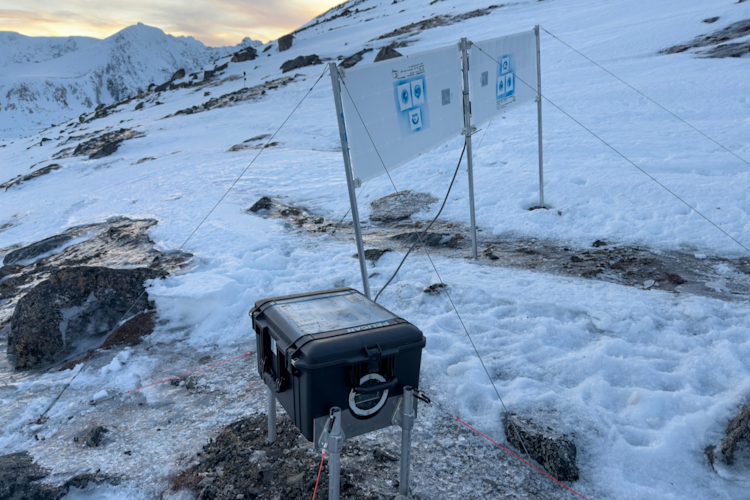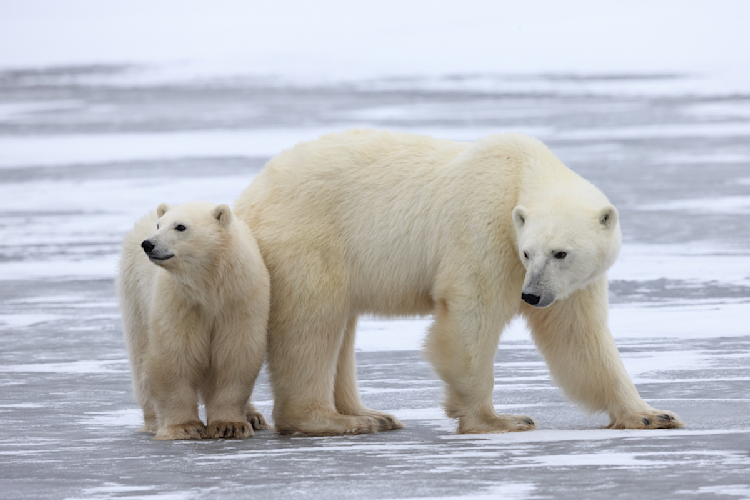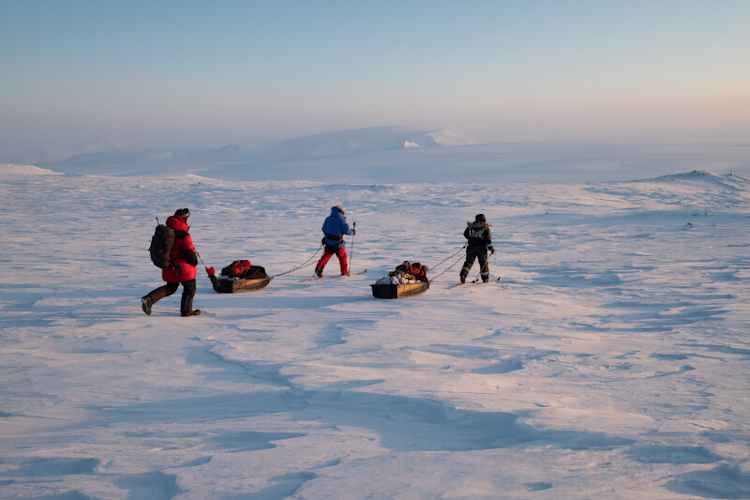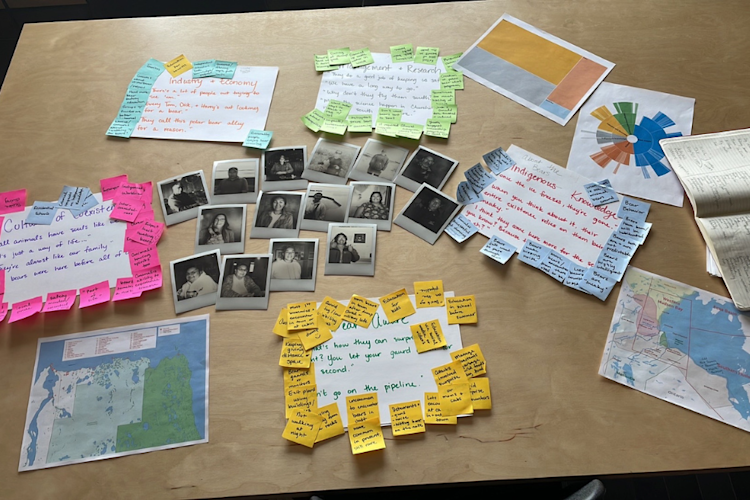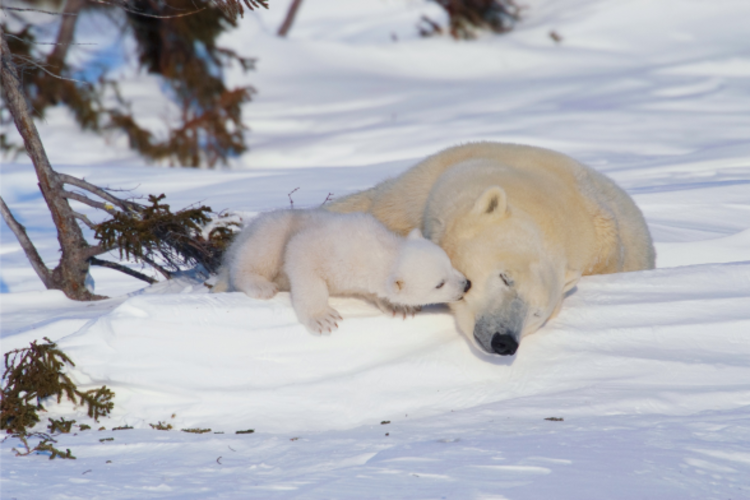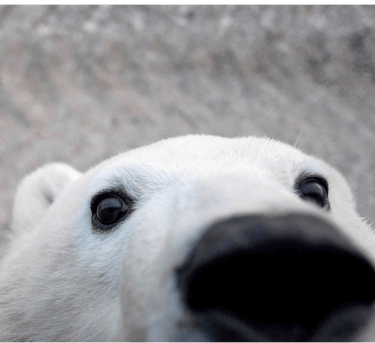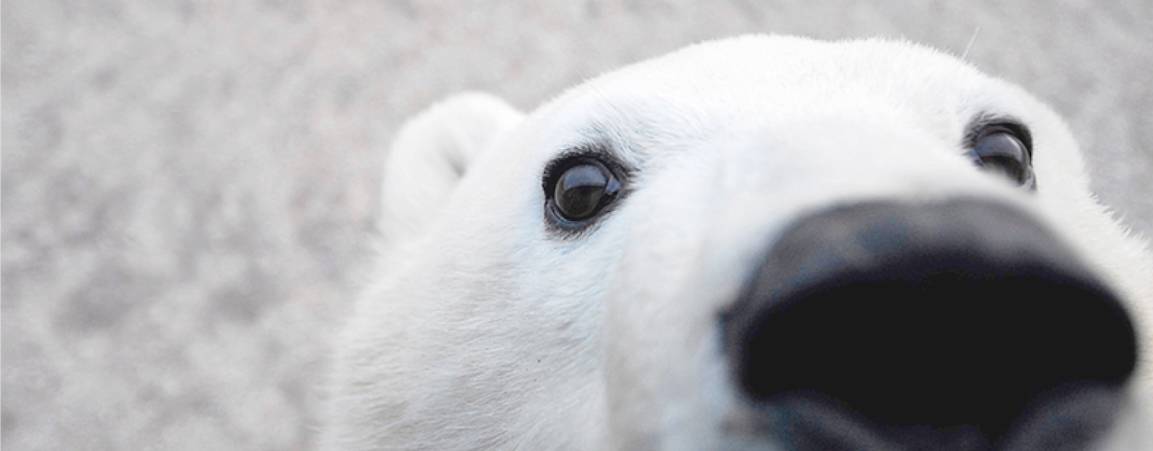February 14, 2025
It doesn’t feel like it has been more than five years since my last trip to Svalbard, but the landscape looks drastically different—snow blankets the mountains, the temperatures are much colder, and the darkness is a stark contrast compared to the endless daylight of June.
I am very excited to be back to participate in this year’s maternal den study. Over the coming weeks, The Polar Bears International team, in partnership with the Norwegian Polar Institute and the San Diego Zoo Wildlife Alliance, will be deploying several remote camera systems to capture images and videos of female polar bears as they emerge from their dens with their newborn cubs in tow.
Each year before the field season begins, we receive updates from the Norwegian Polar Institute regarding known denning female polar bears in the Svalbard archipelago. The number and locations of dens vary annually, often scattered across large distances with different weather patterns and terrain conditions. This variability makes it impossible to plan a fixed order for our deployments. Success in the field depends on flexibility and readiness, as a window of opportunity can appear at any time and must not be missed.













